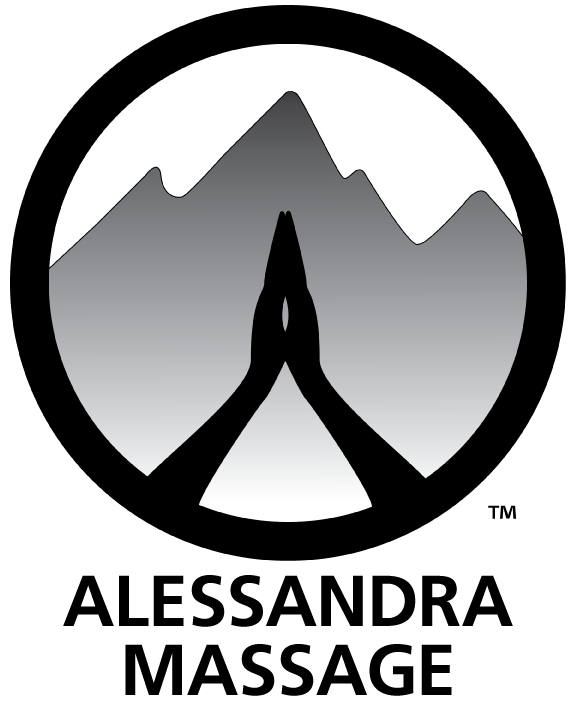Correct! The rotator cuff is not a muscle. Clients often complain of pain or surgery on their rotator cuff, yet they do not know which muscle is affected. The rotator cuff is a mechanism controlling the stability and motion of the shoulder joint, made up of four distinct, independent muscles, which can be considered the shoulder’s core muscles.
The “shoulder” includes both the glenohumeral (GH) joint and the acromioclavicular (AC) joint. The GH joint occurs where the humerus (arm bone) comes together with the glenoid cavity, a shallow bowl-shaped part of the medial scapula (shoulder blade); the AC joint is where the lateral end of the clavicle (collar bone) joins with the bony lateral protrusion of the scapula (acromion). The shoulder is the most mobile joint in our bodies, explaining why it is so commonly injured. An amazingly diverse array of muscles are involved, some of which attach to the spine, cranium, ribcage, even elbow. The healthy shoulder complex allows us to adduct, abduct, flex, extend, internally and externally rotate, and circumduct our arms 360 degrees, not to mention all of the actions it provides to the scapulae, neck and spine. Some muscles involved include the deltoid, trapezius, latissumus dorsi, teres major, rhomboids, levator scapula, serratus anterior, pectoralis major and minor, biceps and triceps brachii, coracobrachialis, and of course the 4 rotator cuff muscles; the core muscles of the GH joint itself: supraspinatus, infraspinatus, teres minor and subscapularis!
The Rotator Cuff
The rotator cuff muscles encompass and stabilize the GH joint. The word cuff comes from cuffia, a casing or head-cover. Their tendons all attach to the head of the humerus and are accessible to palpate. First, the supraspinatus, a commonly torn little muscle, lines the upper posterior side of the scapula, above the “spine” of the scapula, a horizontal bony ridge that can be felt running along the upper back side of the shoulder blade. Supraspinatus abducts the shoulder (lifts arms out from body). We call on supraspinatus when we move our arms outward and upward, such as dancing, doing overhead work, or flapping like a bird, for whatever reason.
Second, the infraspinatus, lies below the spine of the scapula, and lines the lower posterior side of the scapula. Clients generally find massage work on this muscle to feel especially delicious, and sometimes very tender. Aside from stabilizing, infraspinatus laterally rotates and adducts the shoulder. Lateral rotation happens when you stand with your arms at your side and elbow flexed/bent at 90 degrees with hand forward, and then rotate your hand out to the side. Adduction means pulling the arm into the midline of the body. Some actions for this muscle include fanning the air in front of us, pull-starting a mechanized tool, drawing down blinds, and perhaps sliding open a door.
Teres minor, another rotator cuff muscle, is a small muscle below the infraspinatus. It shares all of the actions of infraspinatus, and is also very often quite tender to the touch when spread open and palpated on the massage table.
Subscapularis, the final muscle of the four rotator cuff players, is hard to palpate entirely, as it completely lines the front side of the scapula, though parts of it are accessible around the edges of the scapula, especially in a side-lying massage position. Subscapularis medially rotates the shoulder, which happens when we draw our arms inward and around ourselves, such as hugging, holding things closely against ourselves, or reaching across ourselves to rub our opposite arm or scratch our backs.
Shoulder muscles are often sore due to being weak or overworked, having poor postural alignment and employing repetitive motion.
Massage for the rotator cuff muscles and other musculature of the shoulder is extremely beneficial to improving one’s range of motion, accelerating rehabilitation of injured/post-surgery shoulders, and reducing scar tissue within the joint.


